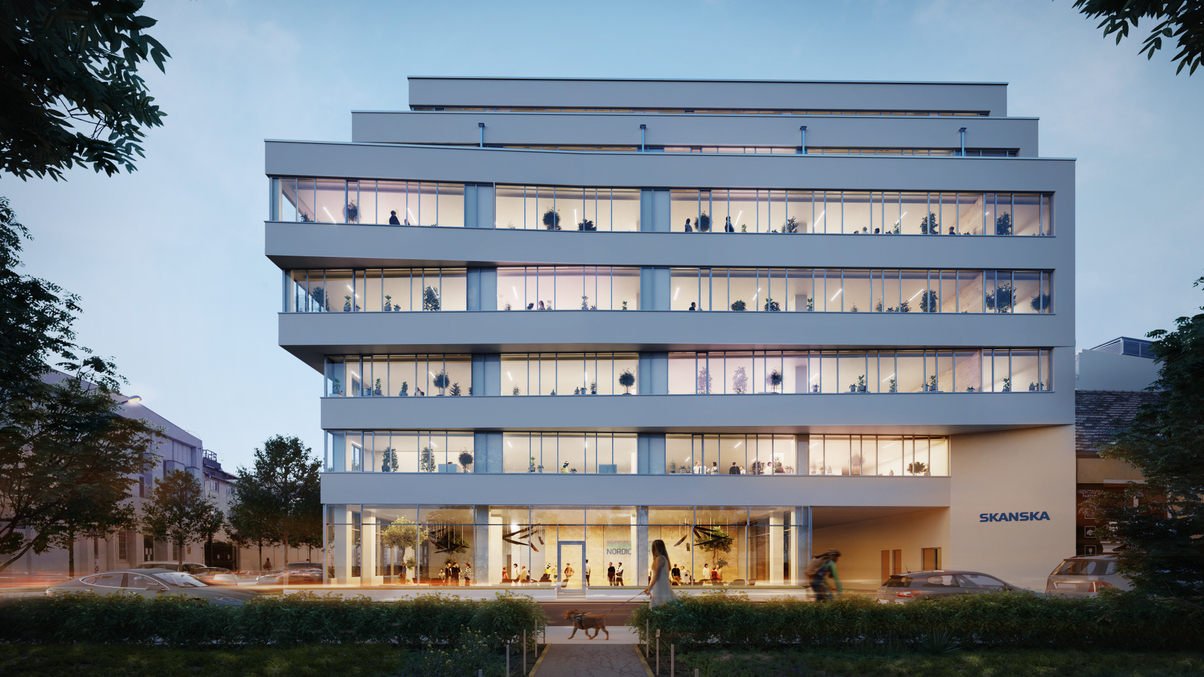Korea’s investors shift property drive to east Europe
The hunt for attractive yields has made investors from South Korea enter the commercial real estate markets in Central and Eastern Europe.

A hotel in the Austrian capital Vienna. Office buildings in the Czech Republic’s Prague and in Bratislava, Slovakia. A pre-completed office building in Budapest in Hungary. A pre-completed logistics asset outside Lodz in Poland.
Sign In to Your Account
Access Exclusive AsianInvestor Content!
Please sign in to your subscription to unlock full access to our premium AI resources.
Free Registration & 7-Day Trial
Register now to enjoy a 7-day free trial—no registration fees required. Click the link to get started.
Note: This free trial is a one-time offer.
¬ Haymarket Media Limited. All rights reserved.


